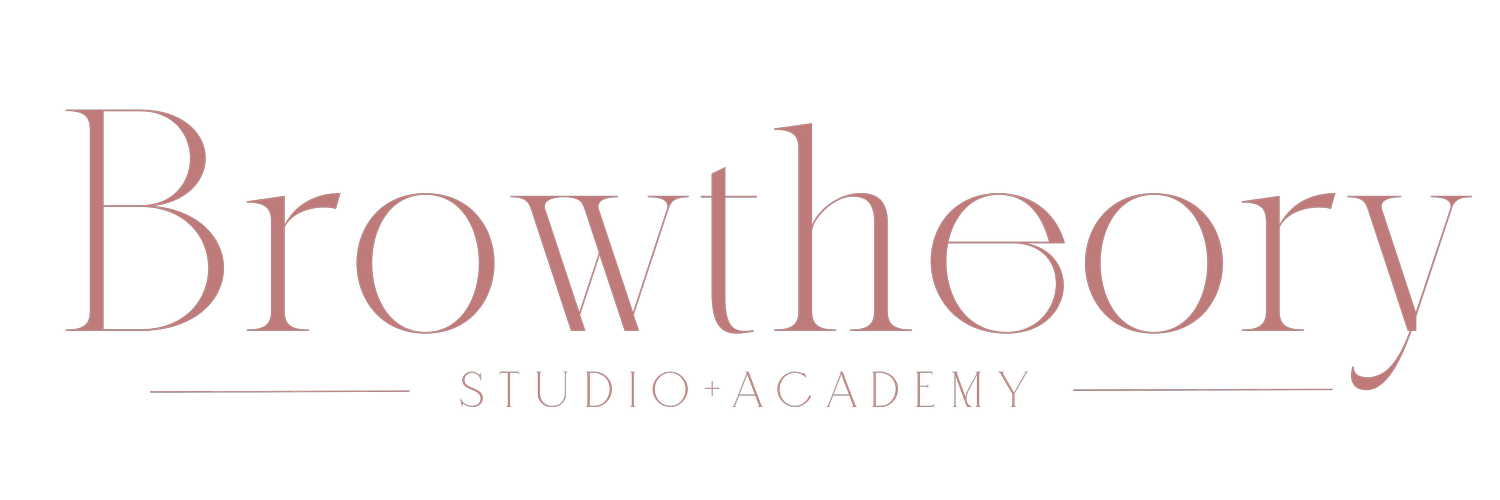Consent and Release Agreement for permanent Cosmetics
This form provides information to assist in making an informed decision of whether or not to undergo a permanent cosmetics application. If you have questions, please don‘t hesitate to ask.
Although permanent cosmetic tattooing is effective in most cases, there are biological factors specific to any individual client that are beyond our artist’s control. Every effort will be made to ensure optimal results, however no guarantee can be made that a specific look or outcome will result from the procedure.
During the permanent cosmetics procedure pigment is deposited into the dermal layer of the skin and is a form of tattooing.
All instruments that enter the skin or come in contact with body fluids are sealed and sterilized before use and disposed of after use. Cross contamination and bloodborne pathogen guidelines are strictly adhered to.
Generally, the results are excellent. However, a perfect result is not a realistic expectation after an initial application. It is usual to expect a touch-up after the healing is completed. We recommend two sessions to achieve optimal desired results. However, in certain cases subsequent sessions may be needed in which case any corresponding fees will apply.
Initially the color will appear much more vibrant and/or darker compared to the end result. Usually, within 5-7 days the color will shrink about 25% in size and the color will soften about 40-50%. The pigment will fade naturally over time and will likely need to be touched-up through the years.
POSSIBLE RISKS, HAZARDS, OR COMPLICATIONS
• Pain: There can be pain even after the topical anesthetic has been used. Anesthetics work better on some people than others.
• Infection: Infection is very unusual, but can occur. The areas treated must be kept clean and only freshly cleaned hands should touch the areas. See “After Care” sheet for instructions on care.
• Uneven Pigmentation: This can result from poor healing, infection, bleeding or many other causes. The follow up appointment can help correct any uneven appearance.
• Allergic Reaction: If there is any concern for an allergic reaction to pigments, a patch test can be done. However, if a allergic reaction to occur, it may not show up for a long period of time, making the patch test inconclusive.
• Asymmetry: Every effort will be made to avoid asymmetry however, anatomical facial features may not be symmetrical. Adjustments may be needed during the follow up session to correct any unevenness.
• Excessive Swelling: Clients with sensitive skin are more prone to swelling. This should dissipate within 24 hours.
• Acne prone: If acne is present on the forehead area, the brows may not heal correctly. If acne is a consistent issue, please consider having permanent micro pigmentation done is not in your best interest.
• Anesthesia: Topical anesthetics are used to numb the area to be tattooed. Lidocaine, Prilocaine, Benzocaine, Tetracaine and Epinephrine in a cream or gel form are typically used. If you are allergic to any of these please inform us now.
• MRI: Because pigments used in permanent cosmetic procedures contain inert oxides, a low level magnet may be required if you need to be scanned by an MRI machine. You must inform your technician of any tattoos or permanent cosmetics.
Client Medical History Form
AFTERCARE
After care is very important for producing a beautiful and lasting result.
• Keep the area clean by washing with freshly washed hands and a mild soap. Do not use a washcloth or sponge to remove soap. Simply splash with water. Do not use cleansing creams, acne cleansers or astringents. Use a mild, natural soap.
• Apply the aftercare ointment with a Q-tip. Use the ointment very sparingly. We prefer a “chapstick” amount vs. a “lipgloss” amount. Wipe off excess ointment with a clean Q-tip.. Never touch the procedure area without washing your hands immediately before.
• Do not scrub, rub or pick at the epithelial crust that forms. Allow it to flake off by itself. If it is removed before it is ready the pigment underneath it can be pulled out.
• After the 7 days healing period, always use a sun block after the procedure area is healed to protect from sun fading. Maintaining proper skin care is suggested to help keep your brows as vibrant and fresh as possible. This means cleansing, exfoliating, and moisturizing the brow area is recommended.
• If you have any signs and symptoms of infections we advise for you to seek medical care. These include but are not limited to: redness, swelling, tenderness of the procedure site, red streak going from procedure site towards the heart, elevated body temperature, or purulent drainage from the procedure site.
WHAT’S NORMAL?
• Swelling, itching, scabbing, light bruising and dry tightness. Ice packs are a nice relief for swelling and bruising. Aftercare balm is nice for scabbing and tightness.
• Too dark and slightly uneven appearance. After 3-7 days the darkness will fade and once swelling dissipates unevenness usually disappears. The follow-up touch up is highly recommended as any concerns can be addressed.
• Color change or color loss. As the procedure area heals the color will lighten and sometimes seem to disappear. This is normal. The procedure area has to be completely healed before we can address any concerns. This takes at least four weeks.
• Needing a touch up months or years later. A followup touch up is recommended 6-9 weeks after the initial appointment. Thereafter maintenance may be needed every 12-18 months to keep the shape symmetrical and the color refreshed.
Failure to follow after care instructions may result in infections, pigment loss or discoloration.
STATEMENT OF CONSENT AND RECITALS:
Please read and check all lines
Please let us know if you would you like to receive a copy of this statement and consent
